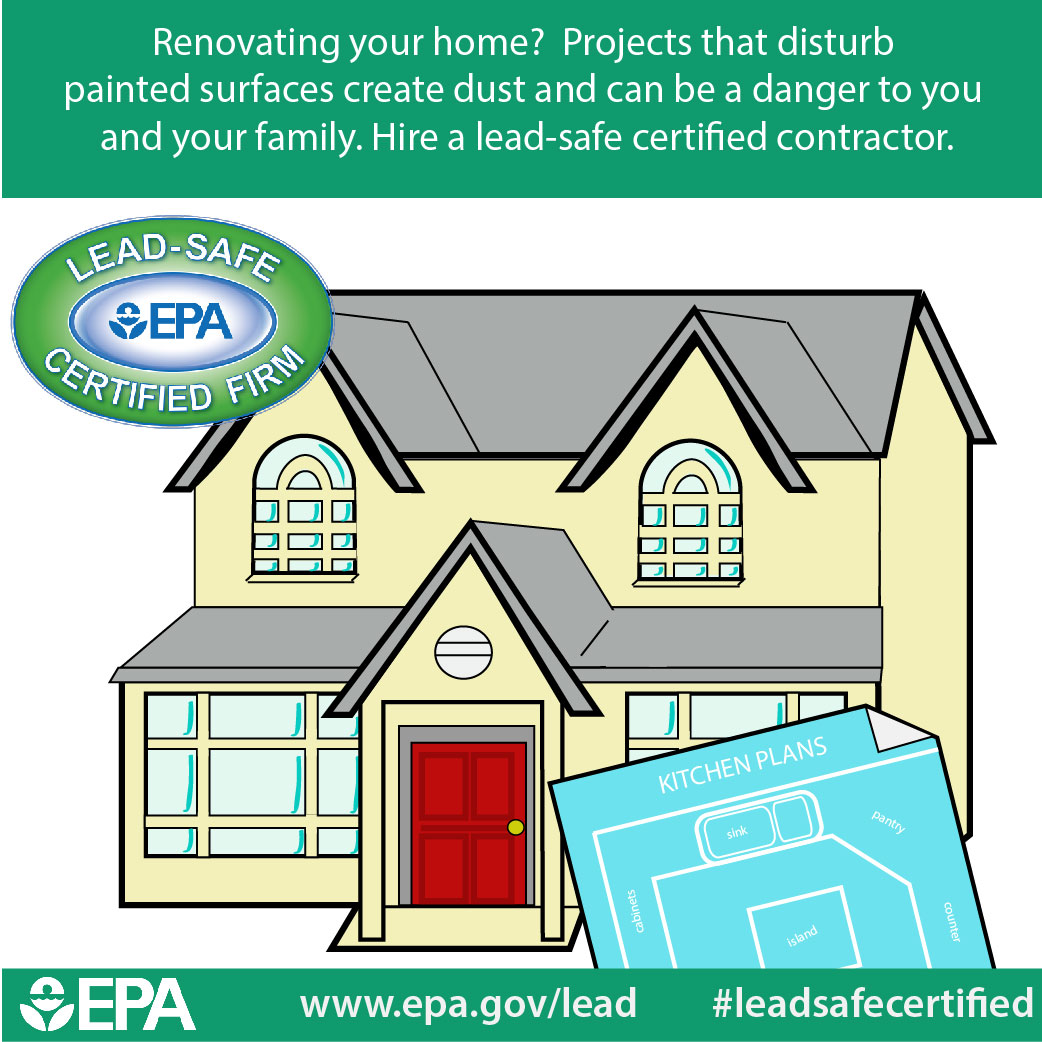Set Your Wall Surfaces Up For Paint With Basic Pointers And Strategies That Assure A Flawless Surface-- Find Out The Crucial Steps To Progress Your Job
Set Your Wall Surfaces Up For Paint With Basic Pointers And Strategies That Assure A Flawless Surface-- Find Out The Crucial Steps To Progress Your Job
Blog Article
Uploaded By-Daugherty Rindom
When you're prepping your wall surfaces for paint, it's critical to comply with a systematic process to make sure a remarkable finish. Begin by taking a look at the wall surface for any type of damage; this action can make or damage your job. Once you have actually recognized any kind of issues, cleaning up the surface properly is important, as a filthy wall surface can influence paint attachment. Afterwards, you'll need to spot any flaws and apply a guide. However there are specific strategies and tips that can boost your prep work video game-- allow's explore those further to accomplish the best results.
Assessing Wall Problem
Prior to you grab your paintbrush, take a minute to assess your walls' condition. Look for any type of visible damage like splits, openings, or peeling off paint. These imperfections can impact exactly how the paint sticks and looks when it's dry. If you observe any considerable damages, you'll require to prioritize repair services prior to diving right into paint.
Look very closely at the structure of your wall surfaces. Is the surface area smooth, or is there structure that might require special consideration? Smooth wall surfaces usually need less prep, while textured surface areas may require even more time to repaint evenly.
Likewise, consider the previous paint task. If Discover More is glossy, it mightn't permit new paint to stick correctly. You'll want to know if your walls have actually been repainted with oil-based or water-based paint, as this can impact your selection of guide or paint.
Finally, keep in mind of any moisture concerns. If you see indicators of water damage or mold and mildew, address these problems promptly to stop more difficulties.
Cleansing the Surface
Once you have actually assessed the condition of your wall surfaces, the next action is cleansing the surface. Start by collecting your materials: a pail, warm water, a mild detergent, a sponge or fabric, and a scrub brush for harder spots.
Begin on top corner of the wall and work your means down. Mix the detergent with warm water in your container, after that dip the sponge or cloth into the service. Wring it bent on avoid excessive dampness on the walls.
As you clean, pay close attention to areas that might've accumulated dirt, oil, or finger prints. For https://painternearme31086.newbigblog.com/39379907/study-reimagining-a-small-location-with-shade , make use of the scrub brush delicately to stay clear of harming the paint below. Rinse your sponge or towel often in tidy water to stop spreading out dust around.
After cleansing, it's important to wipe the wall surfaces with a damp cloth to eliminate any kind of soap residue. This step makes certain a smooth surface for the new paint to abide by.
Allow interior house painter to dry totally prior to moving on to the next preparation steps. This complete cleaning process will aid produce a fresh canvas for your painting task, ensuring the most effective outcomes.
Patching and Priming
Patching and priming are critical steps in preparing your wall surfaces for a fresh layer of paint. Initially, check your wall surfaces for any type of holes, cracks, or flaws. Use a top notch spackling compound or patching paste to fill these locations.
Use the compound with a putty blade, smoothing it out so it's flush with the bordering surface area. Allow it to completely dry totally, and afterwards sand it gently until it's smooth and even.
As soon as you've patched whatever, it's time to prime. Primer helps secure the covered areas, guaranteeing the paint sticks effectively and gives an uniform coating. Pick a primer suitable for your wall surface type and the paint you'll be using.
Apply the primer utilizing a roller for bigger locations and a brush for edges and edges. If your patched areas are dramatically large or permeable, you may wish to use a second coat of guide after the first one dries out.
After priming, let everything dry completely prior to proceeding to painting. This prep work won't only boost the look of your wall surfaces but likewise prolong the life of your paint task.
Take your time, and you'll be pleased with the results.
Conclusion
By following these basic actions, you can achieve a smooth and professional surface on your walls. Start by evaluating their problem, then clean and patch any kind of blemishes prior to using primer. Keep in mind to permit ample drying time and make certain everything is smooth prior to you dive into paint. With the right preparation, you'll set the stage for a gorgeous change in your area. Currently, gather your supplies, breathe in the fresh air, and get ready to paint!
